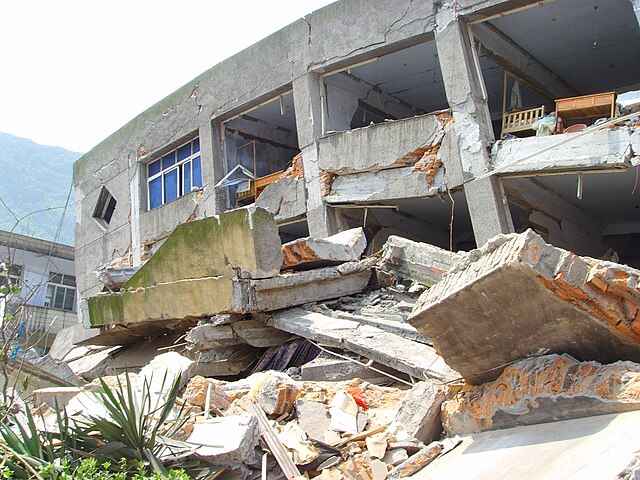The Sichuan earthquake, also known as the Wenchuan earthquake, was a devastating seismic event that occurred in China on May 12, 2008. Here’s an overview of the impact of the Sichuan earthquake:
1. Magnitude and Epicenter:
- The earthquake had a magnitude of 7.9 and its epicenter was in Wenchuan County, Sichuan Province, in southwestern China.

2. Casualties:
- The Sichuan earthquake resulted in a significant loss of life. Official figures reported tens of thousands of fatalities, with hundreds of thousands more injured. The high casualties were partly attributed to the collapse of numerous buildings, including schools, which were particularly affected.
3. Structural Damage:
- The earthquake caused widespread structural damage, with buildings, bridges, and infrastructure severely affected. The collapse of schools drew significant attention and criticism, leading to discussions about building safety standards.
4. Aftershocks:
- Numerous aftershocks followed the main earthquake, further complicating rescue and recovery efforts. Some of these aftershocks were significant in magnitude and added to the challenges faced by the affected region.
5. Impact on Education:
- The collapse of many schools resulted in the tragic loss of numerous students and teachers. This aspect of the disaster led to increased scrutiny of the construction standards for schools and other public buildings.
6. Mass Displacement:
- The earthquake caused mass displacement as people fled affected areas. Many individuals lost their homes and were forced to live in temporary shelters.
7. Rescue and Relief Operations:
- The Chinese government, along with international organizations, initiated extensive rescue and relief operations. This involved deploying emergency response teams, providing medical assistance, and delivering supplies to the affected areas.
8. Reconstruction Efforts:
- Subsequent to the immediate response, extensive reconstruction efforts were undertaken to rebuild communities, infrastructure, and homes. The scale of the destruction required long-term planning and resources for recovery.
9. Economic Impact:
- The earthquake had a significant economic impact on the affected region and the country as a whole. The costs associated with rescue, relief, and reconstruction efforts were substantial.
The Sichuan earthquake of 2008 was a tragic event that left a lasting impact on the affected region and the nation. It prompted a reevaluation of disaster preparedness and response measures and led to discussions about the importance of resilient infrastructure in earthquake-prone areas.








